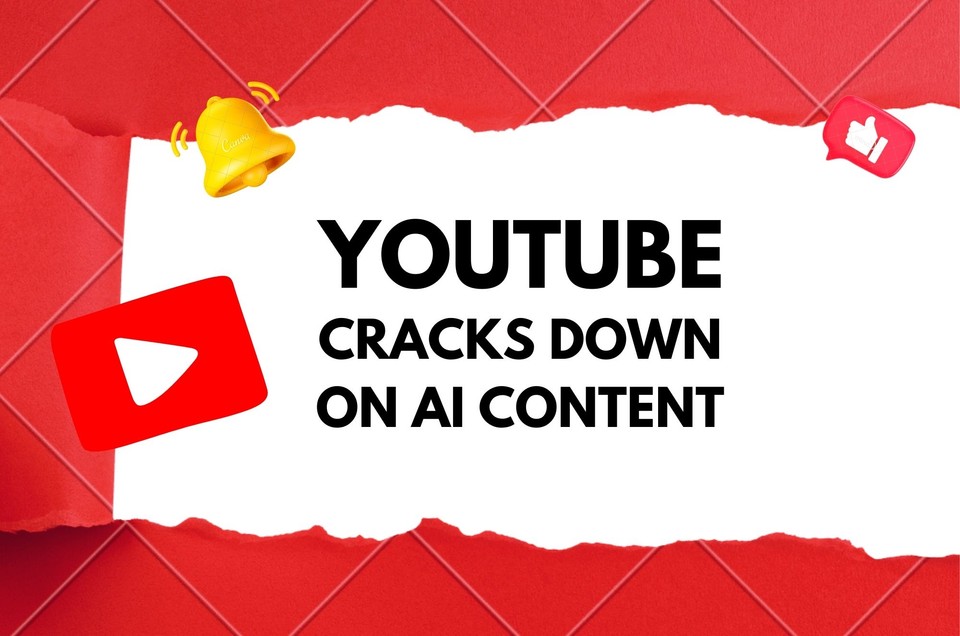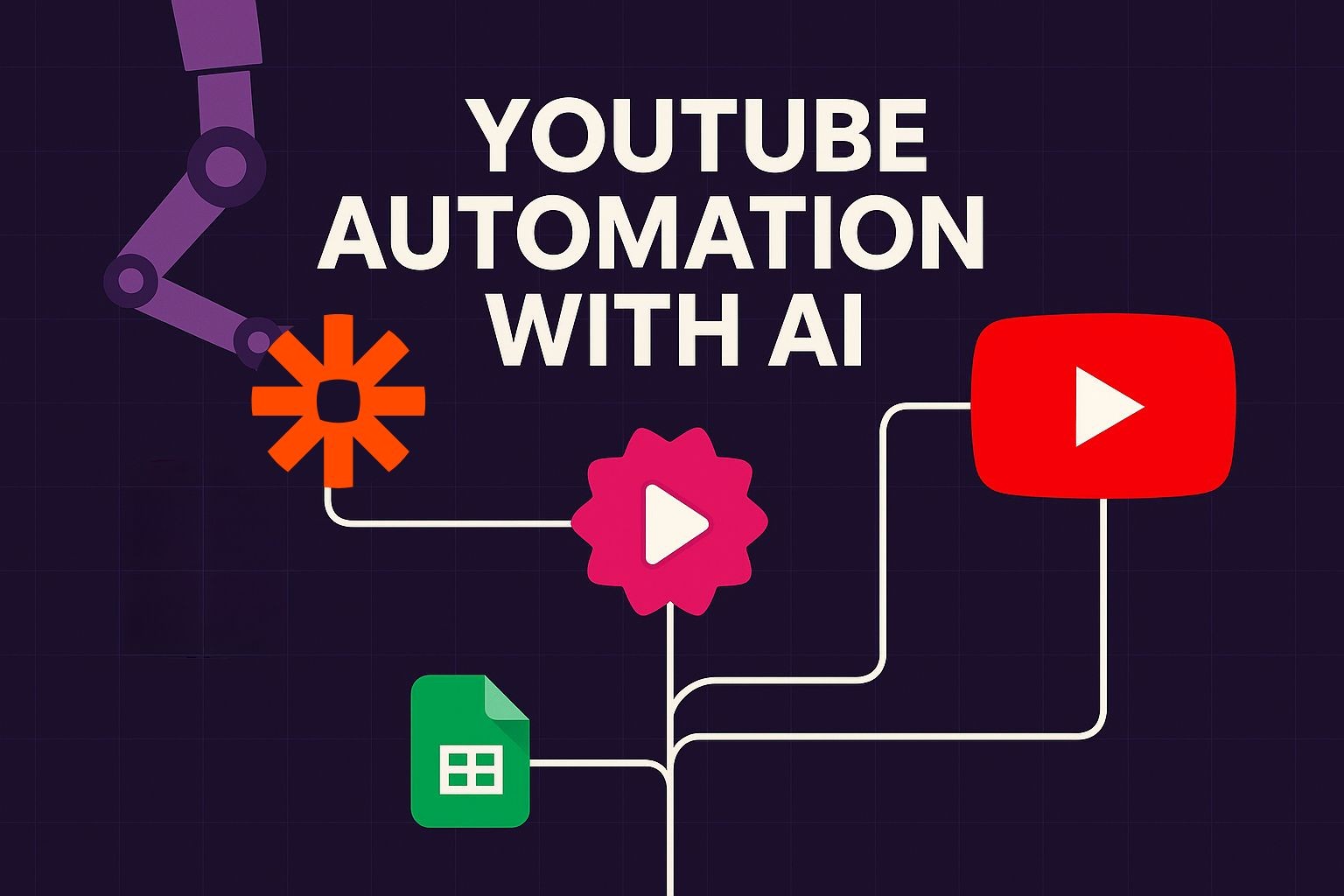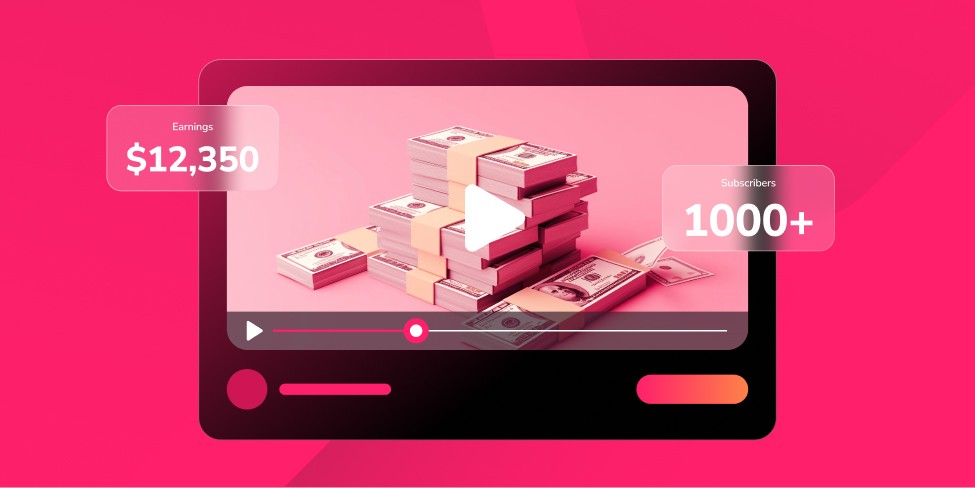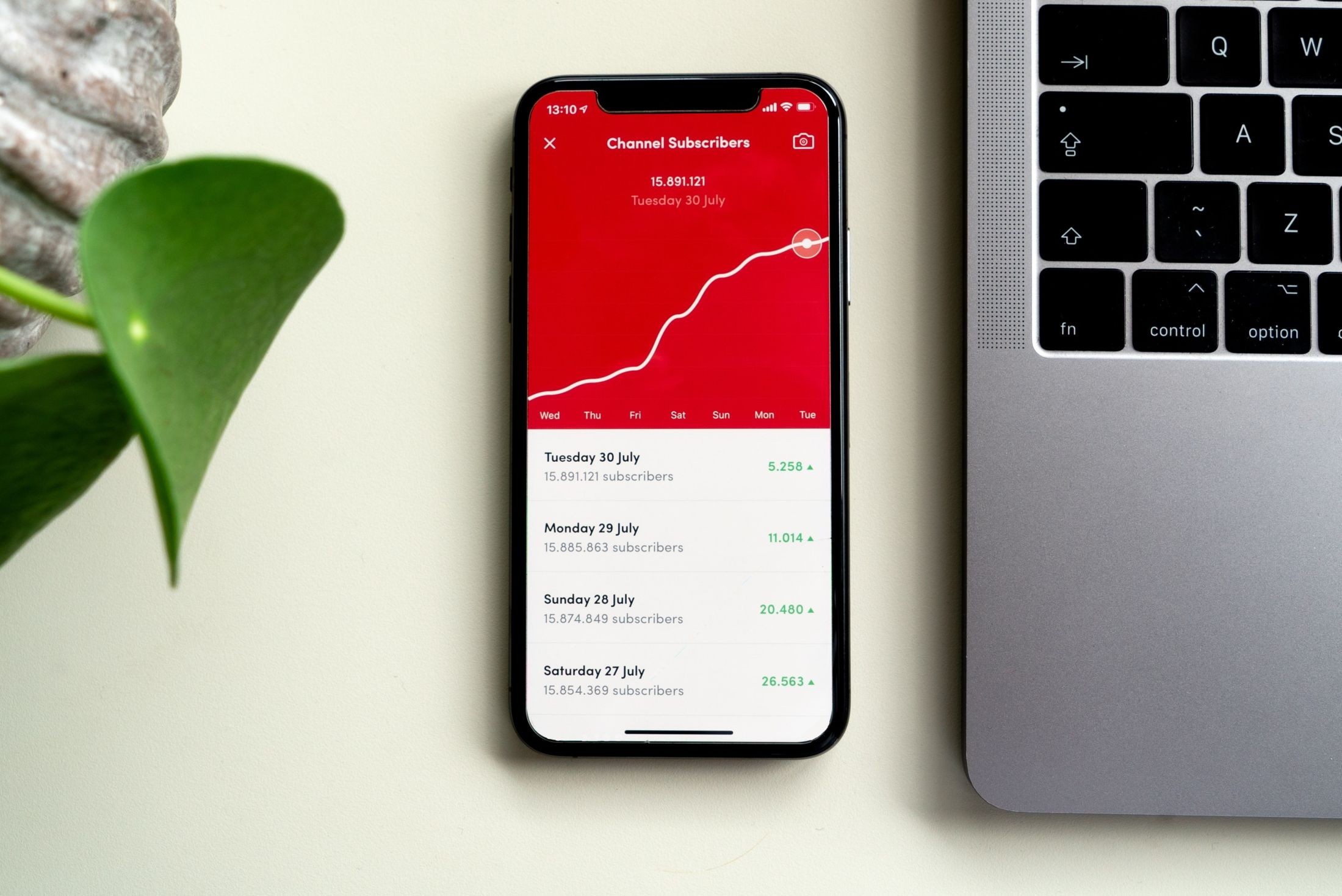Introduction
Let’s be honest: If you’ve been using AI to churn out faceless, repetitive videos, you might want to rethink your strategy. YouTube announced an update to its YPP monetization policies on July 15, 2025, and it’s making waves across the creator community.
This isn’t just another tweak to the fine print. It’s a direct response to the growing wave of “AI slop” - a term now used to describe low-quality, mass-produced, AI-generated content that’s flooding the platform.
So, what exactly is changing? Will you still be able to monetize videos that use AI tools? What qualifies as "inauthentic content"? And what does it all mean for creators like you trying to grow and earn on YouTube?
Buckle up. we're diving into everything you need to know about the YouTube monetization policy update July 2025 - let’s get started.

What Is the New YouTube AI Content Policy in July 2025?
The updated YouTube Partner Program (YPP) policies now emphasize originality and authenticity more than ever.
YouTube has always required creators to upload original content to monetize their videos. But starting July 15, 2025, they’ll be cracking down more aggressively on content that is:
Mass-produced using templates or automation
Highly repetitive, offering little variation between videos
Lacking original commentary, insight, or creativity
Generated primarily by AI without meaningful human input
✅ Still allowed (and monetizable):
AI-assisted videos with human narration, editing, or analysis
Reaction videos, commentary, or review-style content
AI used as a tool - not the sole creator of the video
❌ Not allowed (demonetized or rejected from YPP):
Zero value fully AI-generated videos with stock visuals and robotic voiceovers
Channels uploading hundreds of similar, low-effort clips
Repurposed content with minimal transformation or originality
AI Content on YouTube
What is the YouTube policy for AI videos?
YouTube allows AI-generated content only when it adds value and originality. If AI is used as a tool in the creative process (e.g., generating a script or enhancing a voiceover), that’s fine. But fully automated, repetitive videos that offer no unique perspective may be demonetized under the July 2025 update. Learn more about YouTube AI Policy.
Are you allowed to use AI on YouTube?
Absolutely. You can use AI on YouTube, but it must be part of a creative process, not the entire process. Think of AI as an assistant, not the creator. If your video is 100% AI and doesn’t include human storytelling, editing, or perspective - it’s likely ineligible for monetization.
Is YouTube removing AI content?
No, YouTube is not removing AI content entirely. But it is removing the ability to monetize AI-generated content that is considered low-quality, mass-produced, or spammy. In some cases, repeated content violations may lead to channel suspension from the YPP.
Can you post AI on YouTube?
Yes, you can post AI-generated content on YouTube. The question is: will it make money? Under the new policy, only authentic, original, and value-driven AI content will remain monetizable.
What Sparked the July 2025 YouTube Monetization Update?
Over the past year, AI tools have exploded in popularity. Creators are using AI to write scripts, generate AI voiceovers, and even build entire videos from scratch. But with that came a flood of mass-produced, low-effort content - think slideshow videos with robotic narration, misleading news clips with AI avatars, and clickbait channels that repeat the same format endlessly.
YouTube refers to this as “inauthentic” or “repetitive” content, and it’s become a growing concern.
According to Rene Ritchie, YouTube's Head of Editorial & Creator Liaison, this update is not a crackdown on AI or reaction videos, but rather a way to make existing policies more clear and enforceable. As Ritchie said in a recent video:
“This is a minor update to YouTube’s longstanding YPP policies. It’s just clarifying what we mean by inauthentic and repetitive content.”
But let’s not kid ourselves. The timing and tone of this update reflect a broader shift in how YouTube is handling AI-generated content.
What Is “AI Slop” and Why Is YouTube Targeting It?
“AI slop” is the internet’s new term for low-effort, AI-generated content - usually the kind of stuff that floods your feed with the same stock footage, robotic narration, and recycled facts.
These channels often look like:
“Top 10” videos with zero personality
“True crime” AI-narrated stories with still images
Fake news updates with AI avatars
Endless videos created from templates in bulk
The problem? Many of these channels game the system - earning ad revenue while delivering no real value to viewers. That’s what YouTube wants to stop.
How Will YouTube Enforce the Policy?
Here’s the tricky part: YouTube hasn’t shared the exact wording of the policy yet. But based on past behavior, here’s what we can expect:
Content ID & AI detection tools will flag repetitive or templated videos
Manual reviews of monetization applications will look for originality
Channels with suspicious upload patterns (like hundreds of similar videos) may face demonetization
Viewers may also report content that feels spammy or misleading
This won’t be a perfect system but it does signal that YouTube is watching more closely than ever.
What Should You Do If You Use AI in Your Content?
Here’s the good news: You don’t have to ditch your AI tools. You just have to use them smartly and responsibly.
✅ DO:
Add real value, storytelling, or analysis to your videos
Use AI to assist your creativity, not replace it
Make each video unique - visually and contextually
Show your personality, your voice, and your point of view
❌ DON’T:
Mass-upload templated videos without changes
Rely entirely on AI narration or images without context
Copy content formats or ideas repeatedly without variation
Pretend AI-generated videos are “news” or “documentaries” when they’re not
The safest path forward? Treat AI like Photoshop. It’s an amazing tool - but the best content comes from people, not machines.
Reactions from the Creator Community
Unsurprisingly, this update sparked a firestorm online. Some creators celebrated, saying it’s about time YouTube cracked down on AI slop. Others worried that legit content might be wrongly flagged.
A few common concerns floating around:
“Does this mean I can’t use a text-to-speech voice anymore?”
“Are faceless channels over?”
“Is AI-generated music demonetized too?”
YouTube has reassured creators that context matters. If you’re adding value, even if your face or voice isn’t in the video, you’re probably fine. If your channel is entirely automated and repetitive? That’s where the risk lies.
What This Means for the Future of YouTube
This update isn’t the end of AI content on YouTube but it is the beginning of a more curated, quality-focused platform.
YouTube knows its reputation is on the line. If the platform becomes saturated with junk content, it hurts everyone: creators, advertisers, and viewers.
That’s why this July 2025 monetization update matters. It’s about setting standards in an AI-driven world. It’s about protecting the value of human creativity, while still allowing room for innovation.
Final Thoughts
If you're a YouTube creator wondering how this all affects you, here’s the bottom line:
👉 You don’t need to fear AI. You just need to be better than it.
Use it as a tool. Add your voice. Bring your originality to the table. Whether you’re making commentary videos, educational content, or entertainment - authenticity is still the currency of YouTube.
The July 2025 YouTube monetization update isn’t a death knell. It’s a wake-up call.
Now go make something awesome. Just make sure it’s valuable.



